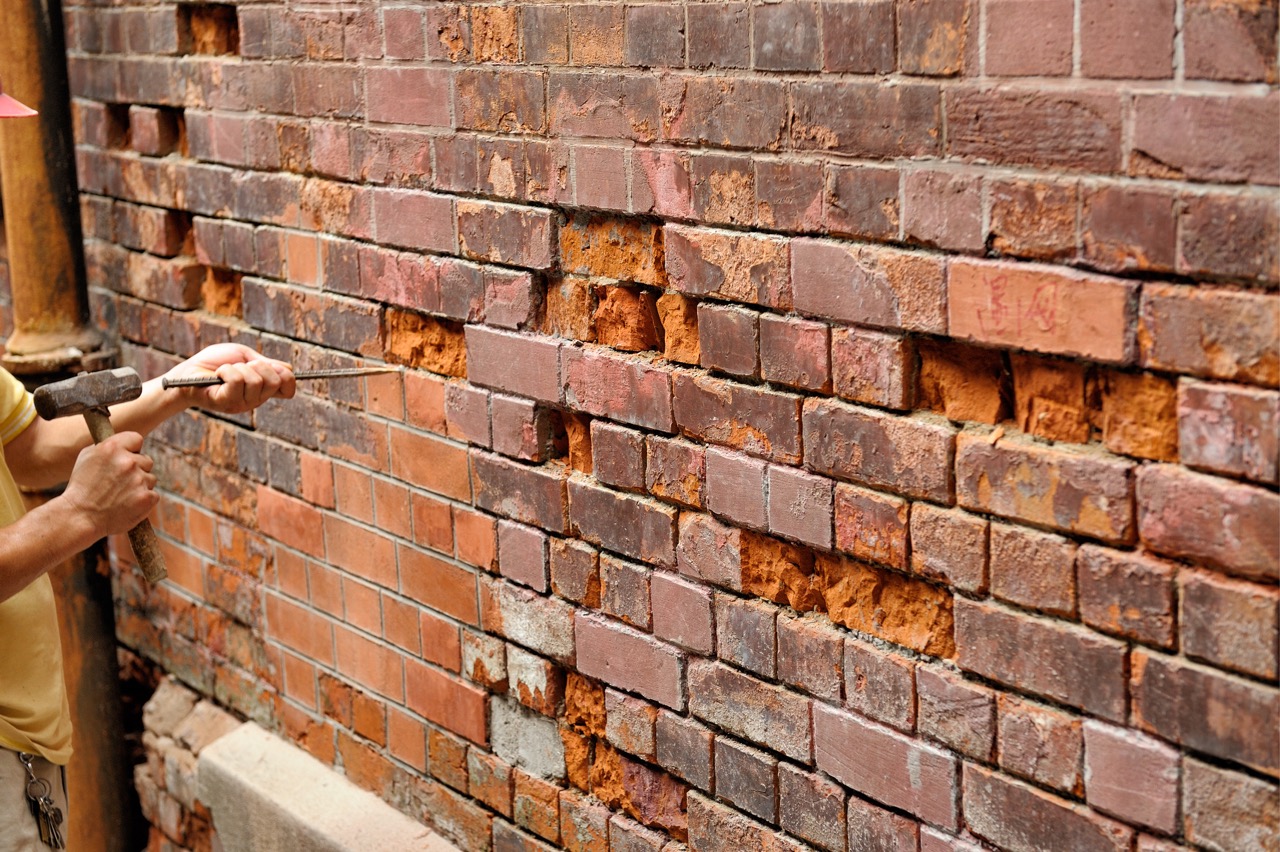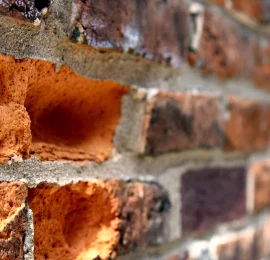Trustworthy Chimney Services: Upkeep and Repair Works Done Right
Trustworthy Chimney Services: Upkeep and Repair Works Done Right
Blog Article
Opening the Tricks of Lasting Stonework Building Practices for Eco-Friendly Buildings
In the realm of modern-day building, the search of lasting practices has come to be paramount. Among the myriad methods to eco-friendly structure, lasting stonework construction stands out as a time-tested and durable approach that holds a wide range of untapped capacity. From the option of products to cutting-edge building and construction techniques, the keys to accomplishing sustainability within masonry building and construction are multifaceted and interesting. By discovering the benefits, products, methods, and future patterns of sustainable masonry, a much deeper understanding of just how these methods can form the future of green structures emerges.
Advantages of Sustainable Masonry Building And Construction
Embracing sustainable stonework building methods not only decreases environmental effect but also supplies lasting financial advantages to building contractors and communities. By utilizing materials like recycled bricks, blocks, and rocks, contractors can dramatically reduce the carbon footprint of their tasks while advertising source performance. Additionally, sustainable masonry building techniques, such as appropriate insulation and thermal mass residential properties, can improve energy effectiveness within structures, resulting in decreased operational prices gradually.
In addition, the toughness and strength of stonework structures contribute to lasting economic benefits. Buildings built utilizing lasting stonework techniques usually call for much less upkeep and repair work, translating to cost savings for building contractors and residential property owners. The longevity of masonry materials likewise guarantees that frameworks continue to be stable and safe and secure, decreasing the demand for frequent remodellings or substitutes.
Eco-Friendly Stonework Products
Making use of environmentally friendly masonry materials is a crucial step in the direction of improving the sustainability of building and construction techniques and decreasing environmental impact while taking full advantage of long-term economic benefits. Lasting masonry materials are sourced, produced, and made use of in a way that minimizes overall ecological influence. Lasting concrete obstructs incorporate recycled accumulations and may feature improved insulation buildings, contributing to power performance in buildings.
Furthermore, natural materials like adobe, rammed earth, and straw bundles give excellent thermal mass properties, decreasing the need for heating and cooling down power. These products are frequently locally offered, advertising regional economic climates and minimizing transportation-related carbon discharges. By choosing environmentally friendly stonework products, construction projects can considerably lower their ecological footprint and add to the creation of much healthier, much more lasting constructed settings.
Energy-Efficient Masonry Techniques
Energy performance plays a vital function in boosting the sustainability of masonry building and construction techniques. One key energy-efficient stonework strategy is the use of thermal mass, which includes incorporating thick materials like concrete or brick into the structure's structure to soak up and keep warmth.

Technologies in Lasting Masonry
Current advancements in lasting stonework techniques have caused innovative techniques that are reshaping the building and construction sector. One such innovation is the growth of self-healing concrete, which utilizes bacteria installed within the concrete view publisher site to recover fractures autonomously. This innovation not only reduces upkeep costs yet additionally improves the longevity of stonework frameworks, adding to their sustainability.
An additional notable development is making use of recycled aggregates in stonework construction - masonry contractor. By incorporating materials such as smashed ceramic waste or recycled glass into concrete blends, builders can lower the ecological effect of building projects while maintaining architectural integrity. This technique not only draws away waste from landfills however also preserves natural deposits, making it an essential innovation in lasting stonework construction
Moreover, the integration of electronic design devices, such as Building Info Modeling (BIM), is reinventing the means masonry structures are prepared and created. BIM permits even more accurate estimations, reduced material waste, and improved power performance, eventually resulting in even more sustainable building techniques. These technologies collectively represent a promising future for sustainable masonry building and construction in the period of environment-friendly structures.
Future Trends in Masonry Sustainability
With the ingenious strides made in sustainable masonry techniques, the future fads in masonry sustainability are positioned to further reinvent the building industry. One of the crucial patterns shaping the future of masonry sustainability is the boosted assimilation of technology. Advancements such as Building Info Modeling (BIM) and virtual reality simulations are being utilized to enhance stonework construction processes, bring about decreased material waste and enhanced energy efficiency in buildings.
Additionally, the growth of unique sustainable materials is readied to play a significant role in boosting the my website eco-friendliness of masonry building. masonry contractor. Developments like self-healing concrete, recycled aggregates, and bio-based binders are gaining grip for their capacity to reduce environmental impact while keeping structural stability

Conclusion
Finally, sustainable masonry building methods use countless advantages for eco-friendly structures. By making use of eco-friendly materials and energy-efficient my latest blog post strategies, masonry can contribute to an extra lasting built environment. Technologies in lasting masonry are continually being created to better boost the environmental performance of buildings. Looking in the direction of the future, the fad of masonry sustainability is expected to grow, leading to even more eco-friendly and energy-efficient building practices in the years to come.
Report this page